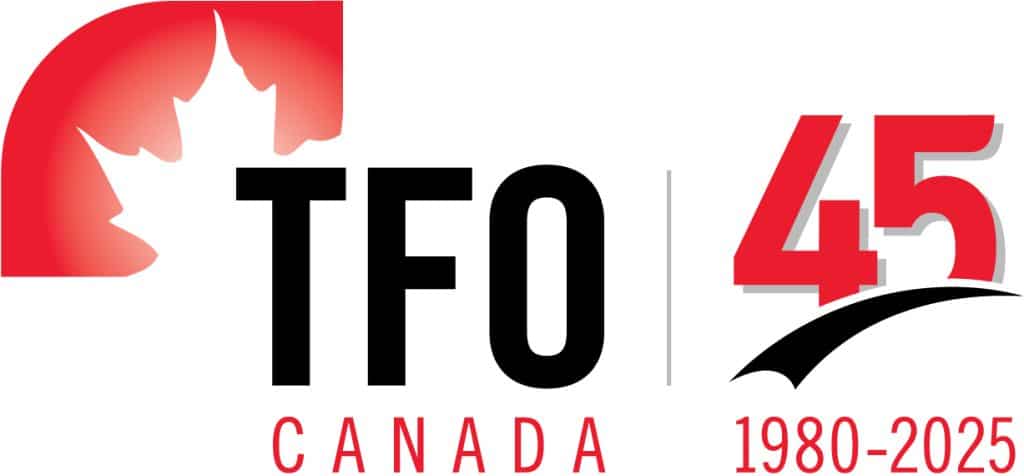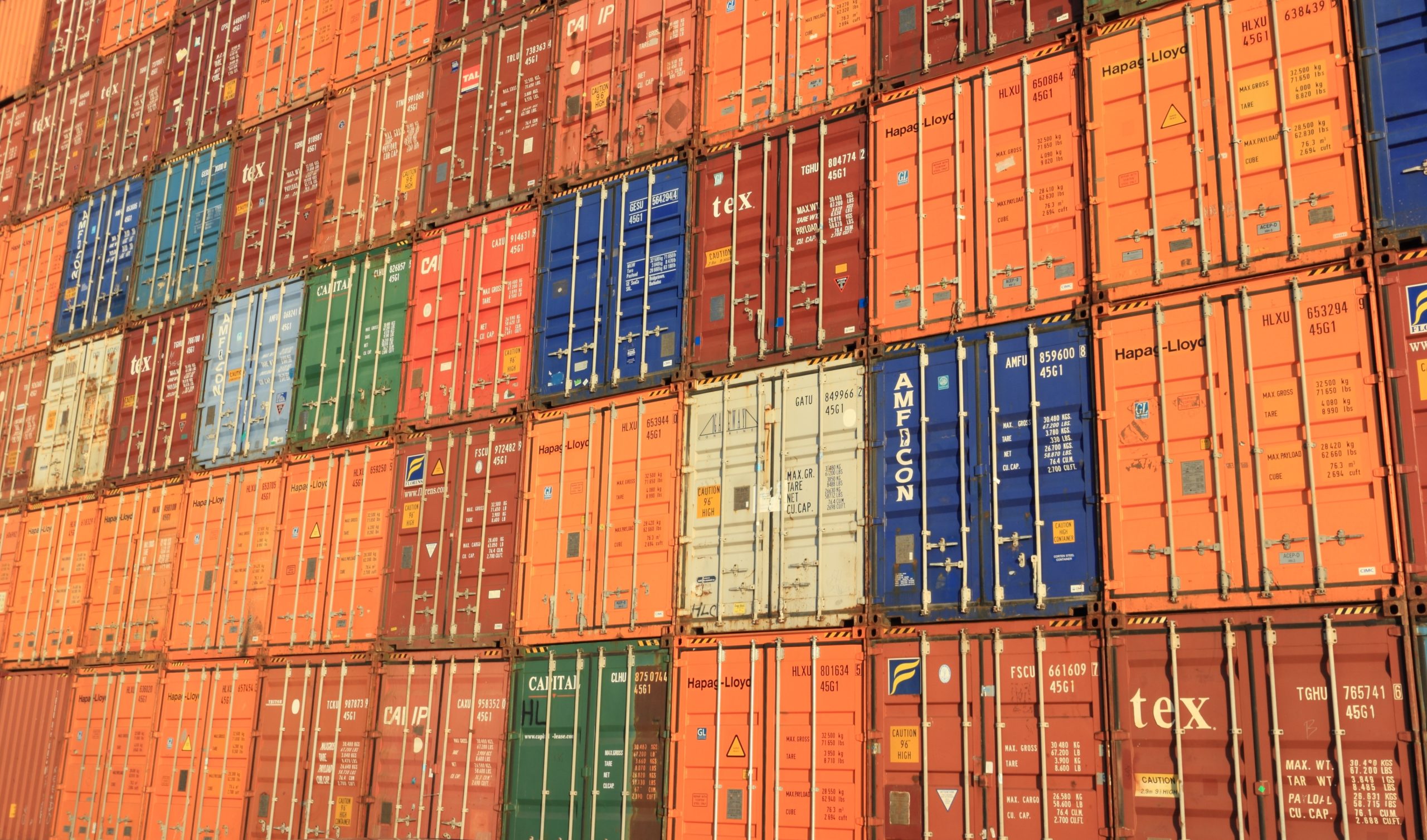With a population of 37.6 million, Canada is the 10th largest import market in the world. Canada depends on foreign trade which is reflected in the many bilateral and multilateral trade agreements Canada has negotiated and continues to negotiate with countries around the world.
The top consumer markets are in three provinces: Ontario (Toronto), Quebec (Montreal) and British Columbia (Vancouver). Majority of importers are in the Toronto and Montreal areas. More than 85% of all imports are cleared in the provinces of Ontario and Quebec and then are distributed throughout Canada.
Growth in imports has been increasing steadily before the COVID -19 pandemic hit the country, like most other countries in the world. Before the pandemic, Canada’s GDP average yearly rate was approximately 2% and other economic indicators suggested a stable economy. It remains unclear what medium and long-term impact the pandemic will have on imports as well as the general economic conditions in the country.
The United States remains Canada’s largest trading partner and accounted for more than half of all imports into Canada in 2019. China is also a major exporter to Canada as well as many other Asian countries. Mexico is the largest exporter to Canada within Latin America (due largely to the Canada US Mexico Agreement (CUSMA).
There are three key sectors in the Canadian import market of interest for developing country exporters: agri-foods, textiles and clothing and home décor. Agri-food imports totalled $11.2 billion in 2019, Textiles and clothing imports reached $14 billion in 2019, Home décor imports reached $3 billion in 2019, with the U.S. and the EU being important suppliers.Canada has its own Customs Tariff Structure based on the World Customs Organization Harmonized Tariff System (HS). The Canadian Border Services Agency (CBSA) is the Canadian government agency responsible for customs services and compliance with Canada’s borders legislation. The CBSA also provides the list of countries with the applicable tariff treatments.
Canadian and international certifications are an important consideration for SMEs contemplating Canada as an export market. In addition to complying with Canadian laws and regulations, exporters may wish to pursue additional third-party certifications such as Global G.A.P., Rainforest Alliance and ISO as some importers may require such certifications.A few options are available to exporters wanting to sell to Canada. SME exporters must decide whether to export directly to an importer, distributor, or retailer in Canada, or to export indirectly through intermediaries either in their country or in Canada such as distributors, brokers and agents or trading houses. There are a number of ways to identify buyers in Canada. Trade shows have traditionally been a great source to find buyers although with the pandemic, the future of this type of activity remains uncertain. Trade magazines and directories are also a good tool to identify buyers. Exporters can use a number of tools (such as the Canadian Importer Database) to identify buyers. They can also contact their Embassy (or High Commission) and Consulate in Canada to get assistance.
In summary, the first step for exporters to take when contemplating to sell to Canada is to develop a market-entry strategy with the following components: analyze the market demand for your products, understand the regulatory environment in Canada and identify potential buyers. To become export ready for Canada, it is important that exporters do their homework diligently and thoroughly.

